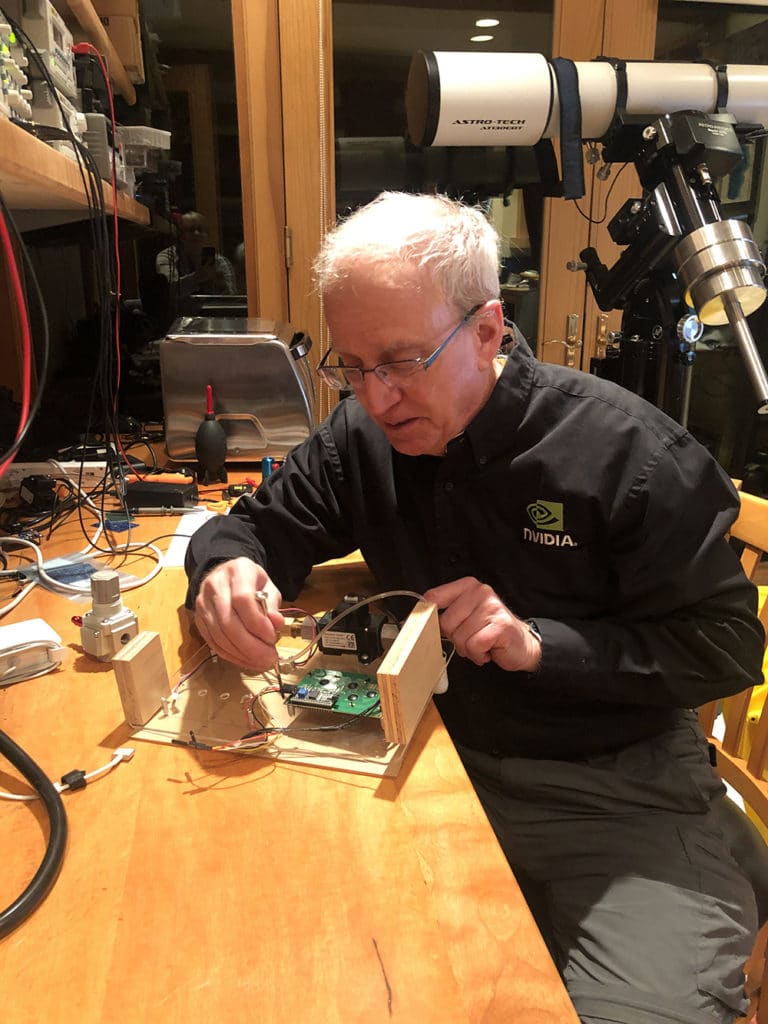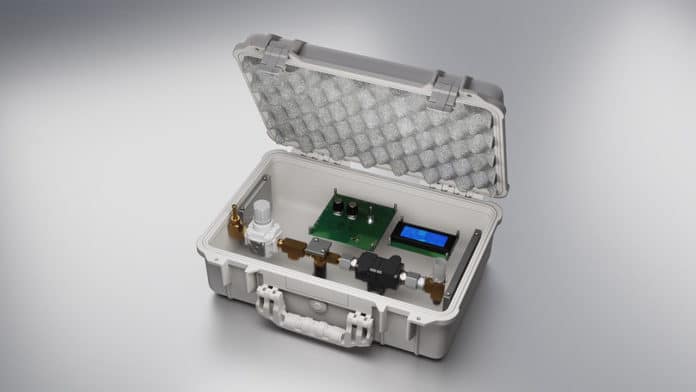In the last two months of the fight against Coronavirus, many well-known companies undertake the development of mechanical ventilation devices – whether it is a British company, Dyson, electric vehicle manufacturer Tesla or auto giant General Motors.
Recently, Bill Dally, a chief scientist at NVIDIA, has developed a low-cost, open-source pulmonary ventilator. It can be assembled quickly and could be used to treat patients with COVID-19 admitted to intensive care units (ICUs) and with severe respiratory problems. The price? $400.
The invention comes at a good time when this life-saving equipment is desperately needed. Dally called his invention “OP-Vent.” The project is open-source, which means it can be used by anyone interested. This easy-to-assemble mechanical ventilator could be made with parts already available, so hospitals need not have to wait for large component networks.

The OP-Vent basically has only two central components: a proportional solenoid valve and a microcontroller to regulate the flow of gas through the valve to the patient. It can be assembled in just five minutes and is small enough to be transported easily into a compact Pelican carrying case. Dally’s invention also demands fewer parts and consumes less energy than the equally simple designs. In a YouTube video given below, he reveals how simple the mechanism really is and how it works.
It includes sensors that accurately meter airflow, compensate for valve inaccuracy, control maximum pressure, enable patient-initiated breathing, and monitor for alarm conditions, among other features.
In addition to its easy assembly, the biggest advantage of this respirator is its total cost, which is only around US$400. Its cost makes the model a much more affordable alternative than conventional ventilators, which are available in the range of US$20,000 or more; however, they do not need an external air source and a power backup system.
The new device also received approval from medical professionals. Dally’s design was developed using input from mechanical engineers and doctors, including Dr. Andrew Moore, a chief resident at Stanford University, and Dr. Bryant Lin, a medical devices expert. Now, the next step in the project is to get cleared by the FDA under the agency’s Emergency Use Authorization program for COVID-19 equipment. When released, the equipment can be produced on a large scale.
Surely, it’s not as long-lasting or as effective, but for intensive care patients infected with SARS-CoV-2, it could be a lifesaver.
